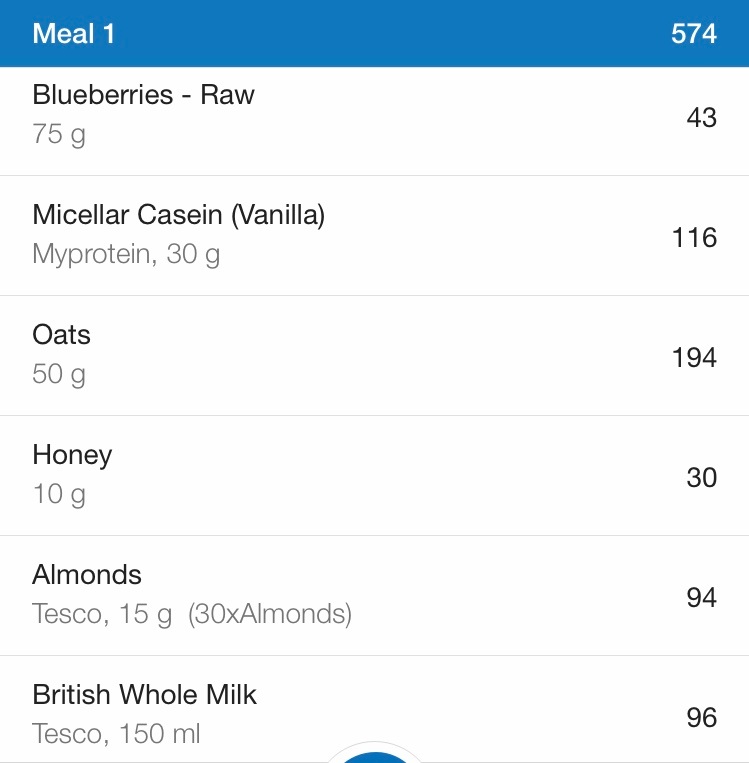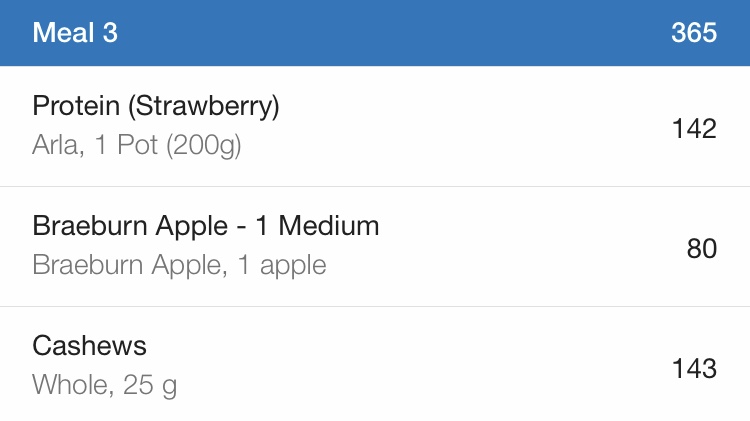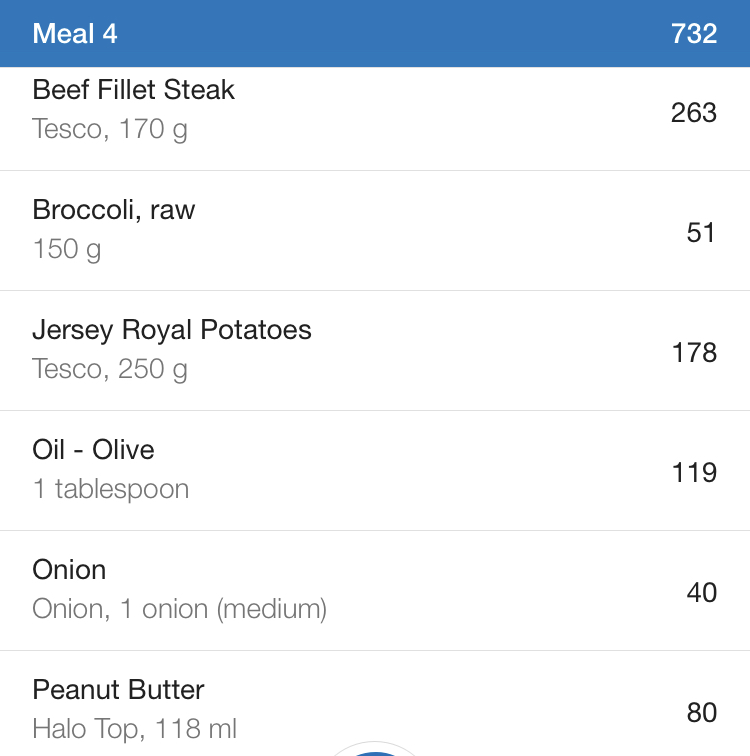Three Tips To Optimise Fat Loss
In this article I share three simple tweaks to optimise your dieting-
1, Add protein to breakfast
After 15 years of analysing food diaries the most common trend I see is inadequate protein intake at breakfast. This can easily be remedied by either adding a protein shake or a high protein yogurt alongside whatever you normally have at breakfast. Egg’s can also be used but note that the fat content of egg yolks does bump up the calories quickly however provided you take this into account isn’t a problem at all.
The goal here is to get between 25-50 grams depending on your daily protein goal from a high quality source (meat, fish or dairy).
These is noting wrong with using protein powder here to boost up a regular yogurt or Kefir or use one of the many high protein yogurt brands available today.
If you are not averse to savoury in the morning kind of person there’s nothing to stop you eating some meat, fish or eggs (or a combination of) at breakfast.
2, Eat more vegetables & fruit
The amount of scientific studies to support the health benefits of consuming more vegetables & fruit are numerous. Vegetables & fruit are important sources of vitamins, minerals & fibre.
In addition to health benefits FIBRE is certainly a strong ally when on a diet at it helps fight hunger by keeping you feeling fuller for longer- Aim for 25-35 grams of fibre per day. It’s also been shown to be good for your gut bacteria. I’ll get deeper into this topic in a future article.
I recommend to eat 2-3 pieces of fruit per day and 4-6 servings of vegetables per day. For you busy types select vegetables during the day that don’t require any cooking such as salad leaves, tomatoes, peppers and carrots. To prepare a lot of veg in one go i recommend doing large stir-fries or even making soups.
Here’s a food dairy example below from the trainee. You can see they incorporate some form of vegetable or fruit to each meal whilst hitting close to their targets-
Targets
2310 KCAL
150 g Protein
214 g Carbohydrate
95 g Fat
Now you can see the macro numbers are not exactly matching the targets but they are pretty damn close. In context to total calories, adequate protein and high fibre this is a good day.
3, Buffer your calories for meals out
Eating out doesn’t mean ruining your diet. You can probably expect food in restaurants to contain a bit more calories with the way chefs liberally use fat in their cooking.
A smart way to prepare for this is to create a buffer with your calories by eating lighter earlier in the day.
Base your food intake mainly on sources of protein and vegetables. This will give you more allowance for extra calories in your meal out in the evening. However this doesn’t mean you then go and fill your boots. Enjoy the food but don’t be a hoover! We want to avoid a binge-diet mentality.
This technique can be further expanded if you know in advance you’ll eating out either once or twice over a weekend. You can set your total calories a little lower on the weekdays to give you leeway to eat out at the weekend without ruining the calorie deficit you’ve created during the week.
Example – 2310 KCAL daily intake x 7 days = 16,170 KCAL weekly
Monday to Friday = 2,000 KCAL daily = 10,000 KCAL. This give you 6,170 kcal or 3,085 KCAL per day on Saturday & Sunday.
Now 3,085 KCAL might sound like a lot but if you are having 2-3 course meals 2 twice over the weekend plus liquid calories in the form or alcoholic beverages the calories will add up quickly!
Don’t be a hoover and view this meal as a ‘cheat’ where you can go buck wild for the sake of it.
You aren’t “cheating anyone”, the calories still matter.
As mentioned before tracking your food intake teaches you its nutrient value which over time should allow you to make better choices that align with your goals. Empower yourself with this knowledge.









